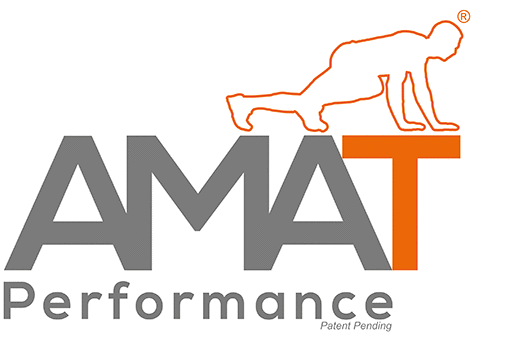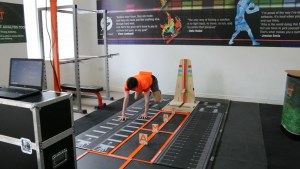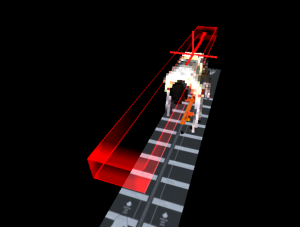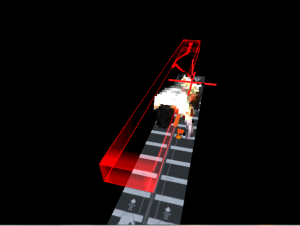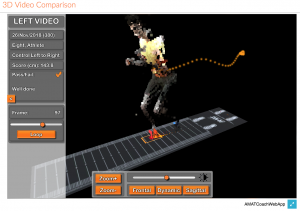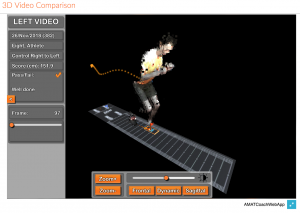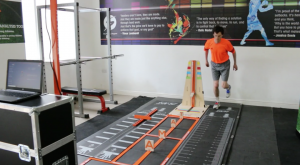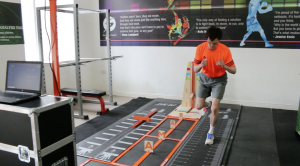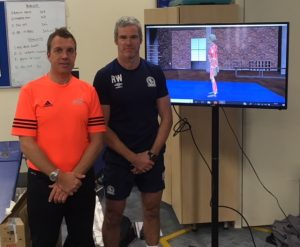Triple Extension
Triple flexion and extension is a key factor in both injury prevention and athletic performance. From flexed positions, sequential extension of the ankle, knee and hip joints allows for explosive force production resulting in greater athletic performance. Equally if these joints cannot move freely throughout their entire range of motion there is increased risk of injury, particularly for the closest proximal joint that is essentially being overused to make up for the lack of movement in other areas.
As triple flexion and extension is key in almost all sports, assessing movements or exercises that mimic these actions is common. Perhaps the most common assessment of triple flexion and extension and what is considered a fundamental movement is the Squat. Research from other movement screening has suggested that those with greater peak sagittal plane joint angles demonstrate improved squatting technique (Butler et al., 2010). Assessing the squat pattern can therefore give us an insight into an individual’s ability to effectively produce and transfer force in powerful sporting movements.
Squatting technique can be referenced to a number of different guidelines but generally the following technical recommendations are accepted.
– Flexion of the hips and knees to a position where the thighs are parallel to the floor
with
– Maintenance of a constant torso to floor angle
– Chest being up and out
– Heels on the floor
– Alignment of the knees over the feet
With the upward phase of the squat being the extension of the hips and knees to a standing position with the same recommendations. In addition to this it is essential athletes maintain their centre of mass within their base of support while squatting, without maintaining this relationship the athlete will inevitably lose balance and fall over.
Our AMAT Performance system assesses the back squat including analysis of the centre of mass (balance), trunk and tibia angle in the sagittal plane (hip flexion, ankle flexion) and tibia angle in the front plane (knee valgus). This information coupled with an accurate and objective assessment of their squat depth helps inform us on our athletes’ ability to triple flex and extend, and uncover any possible limitations to their technique.
See the video below for an example of our Back Squat test and analysis.
For more information visit www.system.amatperformance.com
